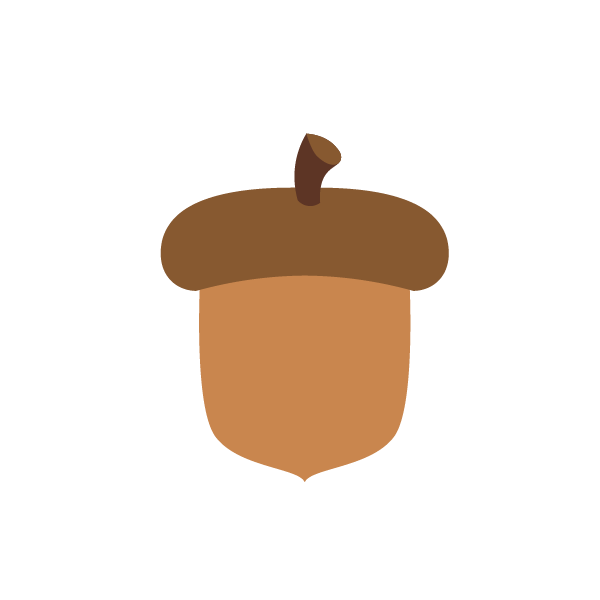Weathering
Weathering is the process of breaking down rocks, soil and minerals as well as changing the color of rocks. It happens when rocks are exposed to wind, rain, snow, ice or other forms of precipitation. The type of weathering that happens to a rock depends on the type of rock, the climate and the amount of time the rock is exposed to the elements.
Erosion
Erosion is the process of weathering and transport of rocks and soils. It is the most important process in shaping the Earth's surface. Erosion occurs when water, wind, or ice break down and carry away rocks and soils. The broken-down materials are moved to other places and deposited. The deposition of these materials can create new landforms, such as mountains, valleys, and plains.
Deposition
Deposition is the process where weathering products are transported and then deposited. This can happen through a number of different agents such as water, wind, and ice. The products that are deposited can be things like sediment, rock, or soil. When deposition happens, it can create things like landforms like deltas, alluvial fans, and moraines.
Chemical weathering
Chemical weathering is the breakdown of rocks and minerals through chemical reactions. The most common type of chemical weathering is oxidation, which happens when rocks and minerals are exposed to oxygen in the air. Oxidation causes the minerals in rocks to rust and the rock to break down.
Biological weathering
Biological weathering is the breakdown of rocks, minerals, and organic matter through the activities of plants and animals. Biological weathering is caused by the growth of plants, the burrowing of animals, and the decomposition of organic matter. Biological weathering is a slow process, but it can be accelerated by humans.
